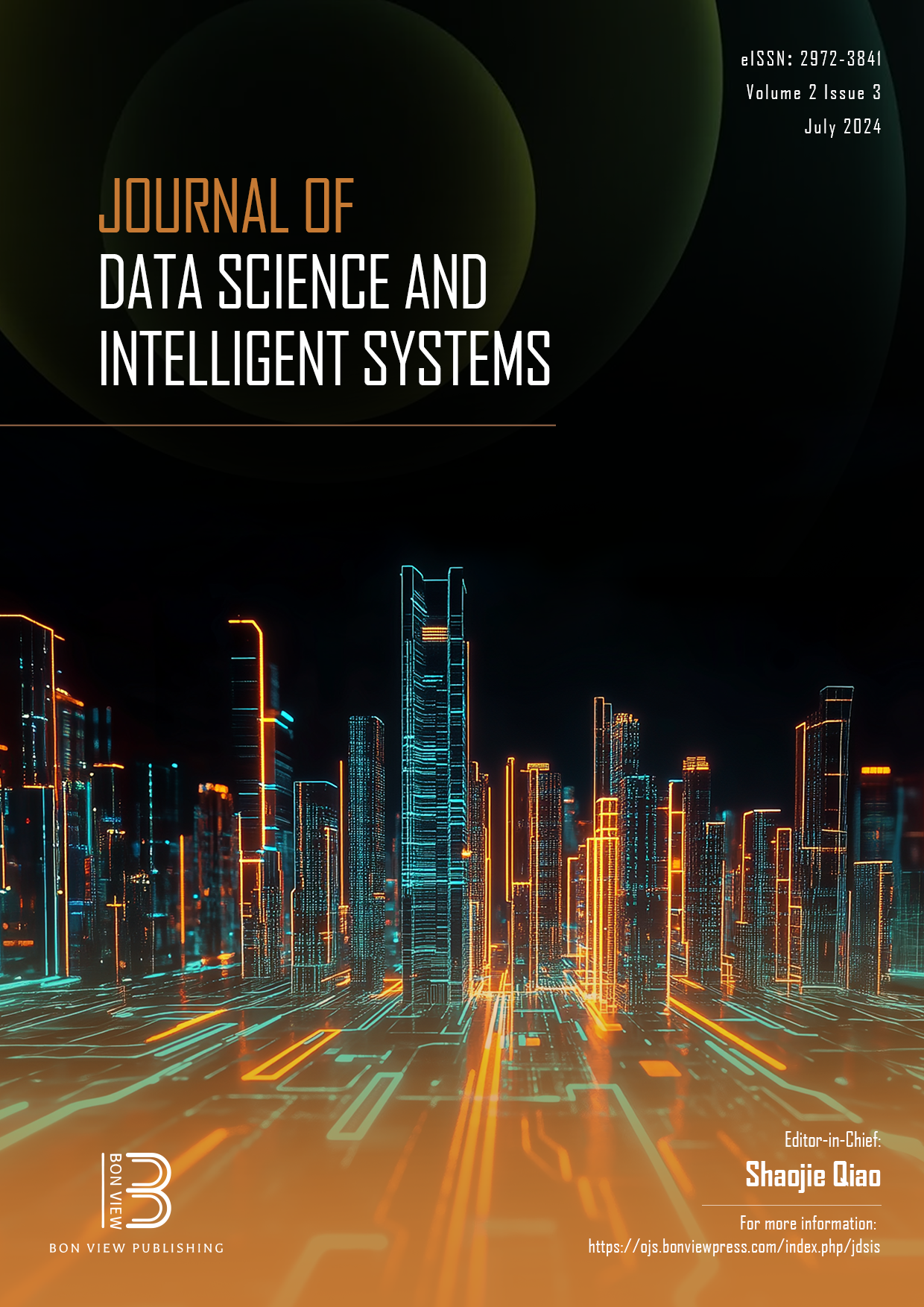Advancing Bridge Structural Health Monitoring: Insights into Knowledge-Driven and Data-Driven Approaches
DOI:
https://doi.org/10.47852/bonviewJDSIS3202964Keywords:
deep learning, machine learning, structural damage, crack detectionAbstract
Structural health monitoring (SHM) is increasingly being used in the field of bridge engineering, and the technology for monitoring bridges has undergone a radical change. It has evolved from the initial local monitoring and assessment, which relied mainly on manual work, to the current all-round and full-time intelligent assessment provided by intelligent monitoring systems. This paper reviews the development of SHM technology in the civil engineering field and examines two current artificial intelligence (AI) methods in bridge SHM, namely knowledge-driven and data-driven approaches. The advantages and disadvantages of these two AI methods are analyzed, and future development trends are also discussed. The overview results reveal that knowledge-driven methods have the advantages of interpretability and stability. However, their current application is limited, and significant technical bottlenecks remain. On the other hand, the data-driven approach demonstrates higher efficiency and accuracy. Nevertheless, it is characterized by instability and insecurity due to its "black-box" nature, which hinders its ability to explain the internal operation mechanism. Given these findings, the hybrid knowledge-data-driven approach emerges as a potential solution. This approach can effectively integrate the advantages of both knowledge-driven and data-driven methods while avoiding their respective disadvantages. Consequently, the hybrid approach proves to be more stable, safe, and efficient in practical applications.
Received: 14 April 2023 | Revised: 24 July 2023 | Accepted: 4 December 2023
Conflicts of Interest
The authors declare that they have no conflicts of interest to this work.
Data Availability Statement
Data available on request from the corresponding author upon reasonable request.
Downloads
Published
Issue
Section
License
Copyright (c) 2023 Authors

This work is licensed under a Creative Commons Attribution 4.0 International License.
How to Cite
Funding data
-
Natural Science Foundation of Guangxi Province
Grant numbers 2021GXNSFAA220045 -
China Postdoctoral Science Foundation
Grant numbers 2021M690765 -
Guangxi Key Laboratory of Disaster Prevention and Engineering Safety
Grant numbers 2021ZDK007


